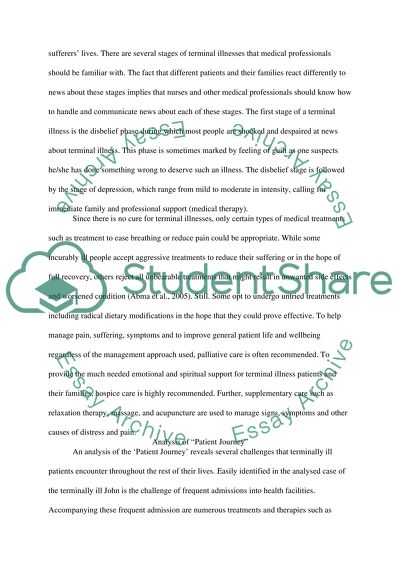Cite this document
(“Critical analysis and implications of the practice resulting from the Essay”, n.d.)
Critical analysis and implications of the practice resulting from the Essay. Retrieved from https://studentshare.org/nursing/1400573-critical-analysis-and-implications-on-practice
Critical analysis and implications of the practice resulting from the Essay. Retrieved from https://studentshare.org/nursing/1400573-critical-analysis-and-implications-on-practice
(Critical Analysis and Implications of the Practice Resulting from the Essay)
Critical Analysis and Implications of the Practice Resulting from the Essay. https://studentshare.org/nursing/1400573-critical-analysis-and-implications-on-practice.
Critical Analysis and Implications of the Practice Resulting from the Essay. https://studentshare.org/nursing/1400573-critical-analysis-and-implications-on-practice.
“Critical Analysis and Implications of the Practice Resulting from the Essay”, n.d. https://studentshare.org/nursing/1400573-critical-analysis-and-implications-on-practice.


